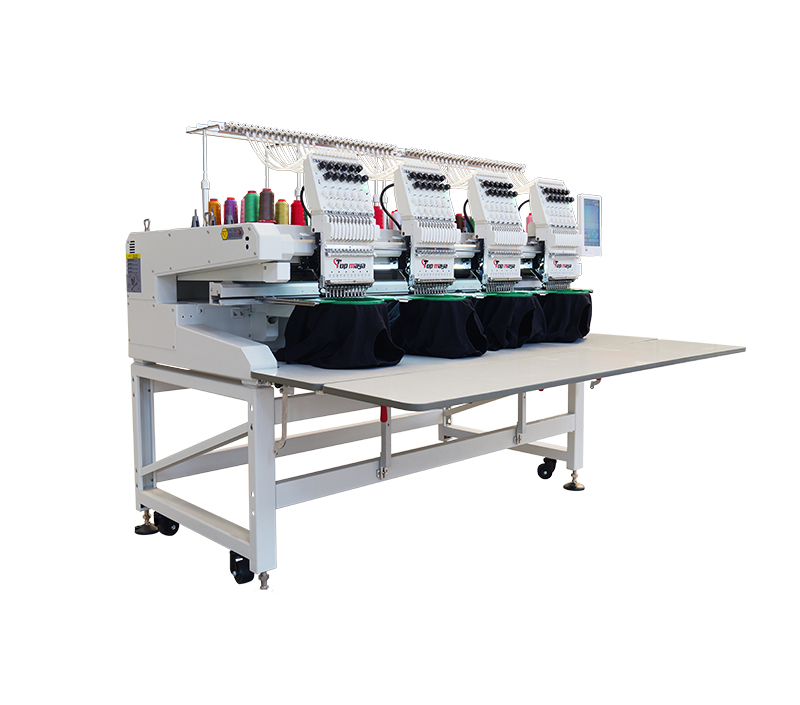How to Identify a Faulty Limit Switch?
Limit switches are critical components in various machines and industrial processes. They serve as safety devices, ensuring that equipment operates within predetermined limits and preventing potential hazards. However, like any mechanical or electrical part, limit switches can deteriorate over time. In this article, we will explore the signs and symptoms that indicate a limit switch might be malfunctioning.
Understanding Limit Switches
Before diving into the signs of a bad limit switch, it's essential to grasp their role and functionality. Limit switches are devices that detect the presence or absence of an object within a specified range of motion. They consist of an actuator (the moving part), contacts, and a housing. When the actuator is triggered by an object or reaches a particular point, it activates or deactivates the contacts, sending signals to control systems.
Signs of a Faulty Limit Switch
Inconsistent Operation: One of the primary indicators of a bad limit switch is inconsistent operation. If the switch fails to activate or deactivate reliably, it can lead to unpredictable behavior in machinery. This inconsistency can result from worn-out contacts or a misaligned actuator.
Failure to Respond: A limit switch should respond promptly when its actuator is triggered. If there's a noticeable delay or if it fails to respond at all, it could be a sign of electrical issues within the switch, such as a damaged coil or a loose connection.
Unusual Sounds: Listen closely when your equipment operates. If you hear unusual clicking, buzzing, or grinding sounds when the limit switch is engaged, it may indicate mechanical wear and tear. These sounds can result from damaged or misaligned components within the switch.
Excessive Heating: A limit switch should not become excessively hot during operation. If you notice that the switch housing or surrounding components are heating up more than usual, it could be due to increased resistance within the switch, suggesting a potential problem.
Visible Damage: Physical inspection is essential. Check the limit switch for visible signs of damage, such as cracked housing, loose wires, or corroded contacts. Any visible issues should be addressed promptly.
Linear Dampers vs Industrial Shock Absorbers
FAQs about Faulty Limit Switches
Mastering 3-Way Light Switches: Your FAQs Answered!
Discover the Benefits of 8K Diamond Stylus
What are the benefits of OHIO 800 engraving stylus?
How does platinum coated titanium enhance anode performance?
Corrugated Lead Alloy Anode: The Ultimate Guide to Applications
What equipment is used for refrigeration?
Q1: Can a bad limit switch pose safety risks?
A1: Yes, a malfunctioning limit switch can compromise safety by failing to stop machinery when it should. Regular maintenance and prompt replacement of faulty switches are crucial to prevent accidents.
Q2: How often should I check my limit switches for issues?
A2: Routine inspections, at least once a month, are recommended to detect and address problems early. However, the frequency may vary depending on the specific application and environmental conditions.
Q3: Can a limit switch be repaired, or should it be replaced?
A3: In most cases, it's more cost-effective and safer to replace a faulty limit switch rather than attempting repairs. Repairs may not guarantee the same level of reliability as a new switch.
Q4: What are the consequences of ignoring a bad limit switch?
A4: Ignoring a malfunctioning limit switch can lead to equipment damage, production delays, and, most importantly, safety hazards. It's essential to address switch issues promptly.
Conclusion
Identifying a bad limit switch is crucial for maintaining the safety and efficiency of your machinery and processes. By paying attention to the signs mentioned above and conducting regular inspections, you can ensure that your limit switches are in optimal working condition. Remember that safety should always be a top priority when dealing with industrial equipment, and addressing limit switch issues promptly is a key part of that commitment.
Key Benefits of Platinum Titanium Anodes for Industry Applications
Top Features of Diamond Stylus with Wing in 2024
How Do Platinum Titanium Anodes Redefine Energy Efficiency?
Understanding Corrugated Lead Alloy Anodes for Efficiency
How Hell Burr Cutter Redefines Precision Cutting?
Key Benefits of Diamond Engraving Stylus for Precision Work
Why OHIO Diamond Stylus is Essential for 2024 Audio
- Previous: Micro Switch Button vs Standard Switch: Which Is Best?
- Next: None



